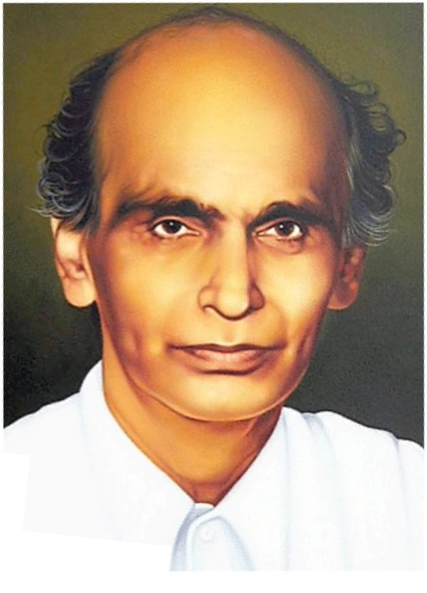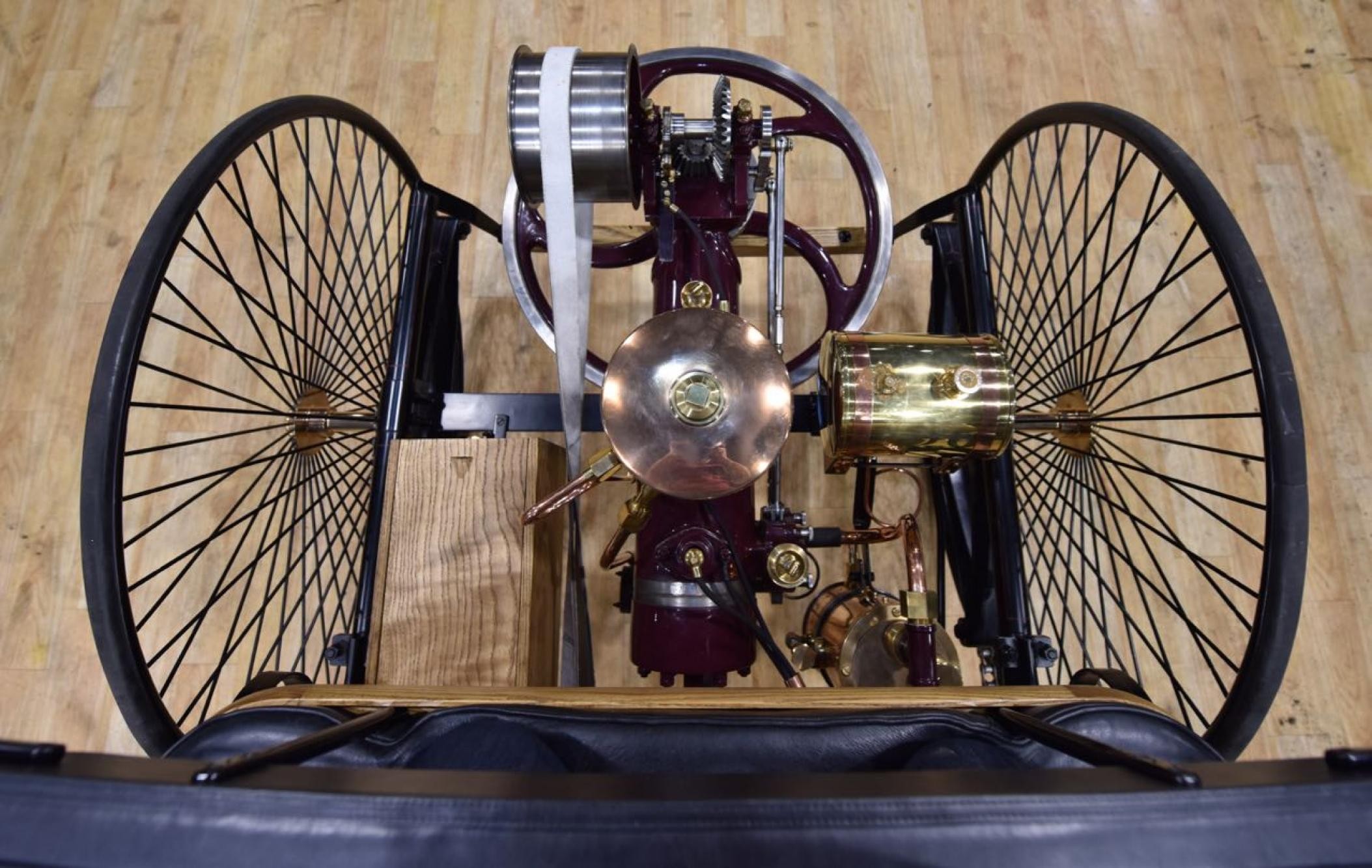Around 125 years ago, Carl Benz filed a patent for the motor car. The Benz Patent Motor Car had its first public drive on July 3, 1886, on the Ringstrasse in Mannheim. Unlike his competitors, Benz pursued an integrated approach in developing the Patent Motor Car: the engine, the chassis and the drive components were exactly matched to each other and formed a single unit. The engine, weighing about 100 kilograms, was very light by the standards of the period. The horizontal single-cylinder four-stroke engine had a displacement of 954 cubic centimetres and developed an output of 0.55 kW at an engine speed of 400 rpm. And yet it had all the essential details still to be found today in most internal combustion engines: crankshaft with counterweights, electric ignition and water cooling. Other features included a cylinder with open crankcase, an intake slide valve controlled by an eccentric rod, and a poppet exhaust valve actuated by a cam disk, rocker arm and pushrod. The surface carburetor developed by Benz, containing a 4.5 litresupply of gasoline, served mixture preparation. To cover a distance of 100 kilometres the Patent Motor Car needed about ten litres of gasoline.
He chassis of the Patent Motor Car was made of bent and welded steel tube. Benz designed the vehicle with rear-wheel drive. The vehicle was steered by means of the front wheel, which was suspended in an unsprung fork and could be steered by a toothed rack connected with a crank.
A multispeed transmission, foot brake and reverse gear were not yet incorporated into the Patent Motor Car. The driving speed could be controlled by means of a sleeve valve underneath the driver’s seat. The brake was a hand lever acting on the countershaft belt pulley.







Reviews
There are no reviews yet.